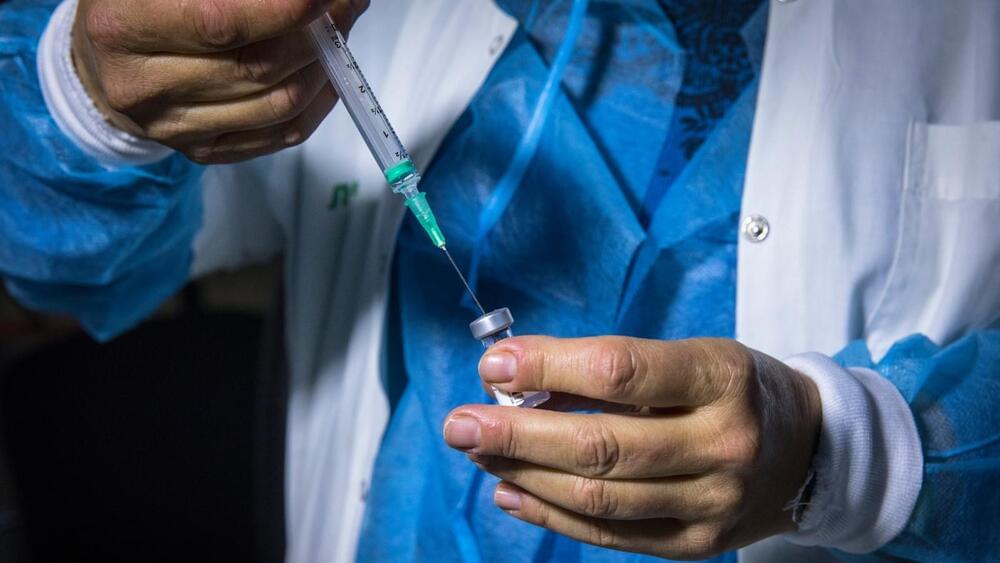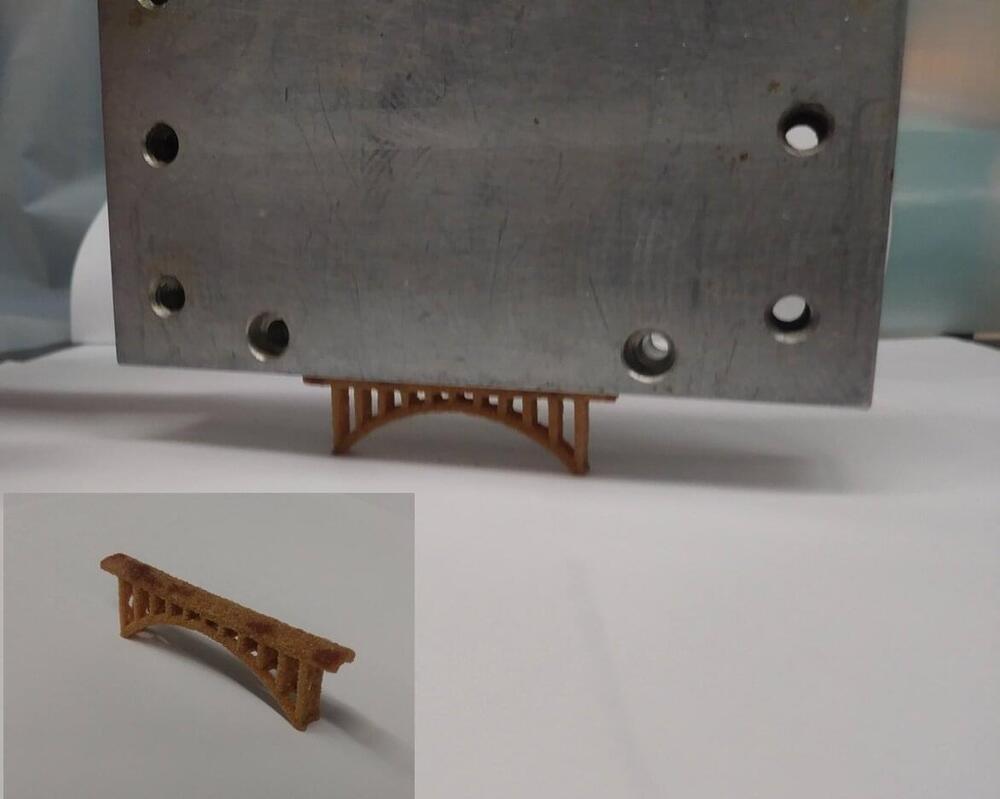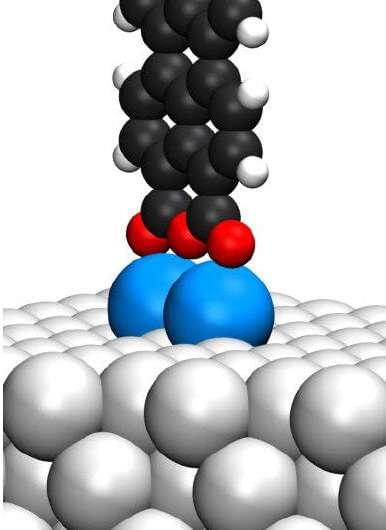To create the ice, the scientists had to squeeze a water droplet to 3.5 million times Earth’s atmospheric pressure and heat it hotter than the sun.


Artificial Superintelligence or ASI, sometimes referred to as digital superintelligence is the advent of a hypothetical agent that possesses intelligence far surpassing that of the smartest and most gifted human minds. AI is a rapidly growing field of technology with the potential to make huge improvements in human wellbeing. However, the development of machines with intelligence vastly superior to humans will pose special, perhaps even unique risks.
Most surveyed AI researchers expect machines to eventually be able to rival humans in intelligence, though there is little consensus on when or how this will happen.
One only needs to accept three basic assumptions to recognize the inevitability of superintelligent AI:
- Intelligence is a product of information processing in physical systems.
- We will continue to improve our intelligent machines.
- We do not stand on the peak of intelligence or anywhere near it.
Philosopher Nick Bostrom expressed concern about what values a superintelligence should be designed to have.
Any type of AI superintelligence could proceed rapidly to its programmed goals, with little or no distribution of power to others. It may not take its designers into account at all. The logic of its goals may not be reconcilable with human ideals. The AI’s power might lie in making humans its servants rather than vice versa. If it were to succeed in this, it would “rule without competition under a dictatorship of one”.
Elon Musk has also warned that the global race toward AI could result in a third world war.
To avoid the ‘worst mistake in history’, it is necessary to understand the nature of an AI race, as well as escape the development that could lead to unfriendly Artificial Superintelligence.
To ensure the friendly nature of artificial superintelligence, world leaders should work to ensure that this ASI is beneficial to the entire human race.
A lot of our great technological achievements were copied from nature. And we are still copying.
Go to http://www.warbyparker.com/joescott to get your FREE try-on home kit and find some glasses you love!
Humans have been designing and innovating for 100,000 years, but nature has been doing so for 4.5 billion years. Turns out we still have a lot to learn from nature, and biomimicry is the science of using nature to inform innovative design. Here are some great examples of this new and maybe world-changing design philosophy.
Want to support the channel? Here’s how:
Patreon: http://www.patreon.com/answerswithjoe.
Channel Memberships: https://www.youtube.com/channel/UC-2YHgc363EdcusLIBbgxzg/join.
T-Shirts & Merch: http://www.answerswithjoe.com/store.
Check out my 2nd channel, Joe Scott TMI:

As the scientists reported Monday in Annals of Internal Medicine, they didn’t find any. Which means that the woman, who they are calling the “Esperanza Patient” to protect her privacy, appears to have eradicated the deadly virus from her body without the help of drugs or a bone marrow transplant — which would make her only the second person believed to have cured herself of HIV, without drugs or any other treatment.
“This gives us hope that the human immune system is powerful enough to control HIV and eliminate all the functional virus,” said Xu Yu, an immunologist at the Ragon Institute of MGH, MIT, and Harvard and senior author on the new report. “Time will tell, but we believe she has reached a sterilizing cure.” The discovery, which was previously announced at the Conference on Retroviruses and Opportunistic Infections in March, could help identify possible treatments, researchers said.
The so-called metaverse has a “big time” investment case, according to Puerto Rican billionaire businessman Orlando Bravo.
Bravo, co-founder and managing partner of private equity firm Thoma Bravo, told CNBC that he thinks “metaverse” is the big word of 2021.
“It’s investable and it’s going to be very big,” Bravo said in an interview with CNBC’s Annette Weisbach on Friday.

Several Covid-19 vaccines under development in Israel hold out promise for their ability to protect against variants of the virus that are challenging existing vaccines.
Back in May 2020, research groups across the world were racing to formulate vaccines against the SARS-CoV-2 coronavirus.
Realizing it was not going to win that race, Israel purchased millions of Pfizer-BioNTech and Moderna mRNA vaccines from the United States and led the world in getting eligible citizens vaccinated.… See more.
Injectable and oral vaccines under development in Israel may prove significant in protecting people from mutations of the SARS-CoV-2 coronavirus.

LifeArc scientists, in collaboration with researchers in the UK and Germany, have developed a promising new approach to potentially treat Alzheimer’s disease – and also vaccinate against it.
Both the antibody-based treatment and the protein-based vaccine developed by the team reduced Alzheimer’s symptoms in mouse models of the disease. The research is published today in Molecular Psychiatry.
LifeArc and researchers in the UK & Germany have developed a promising new approach to potentially treat Alzheimer’s.

The machine will cost between $150,000 and $300,000 the company said, depending on configurations. The TOOK is ready to be deployed, Levy said, and is already being evaluated by some of its clients. Eventually, he believes there will be hundreds of thousands of ROOKs in the field.
What is next? Collaboration between air and land robots, he said, for example deploying an aerial and a land robot to photograph a certain area and then merging the pictures for a complete perspective.
Elbit Systems and Roboteam have released the ROOK UGV, which will support infantry in a number of frontline roles.

Researchers at the Department of Energy’s Oak Ridge National Laboratory designed a novel polymer to bind and strengthen silica sand for binder jet additive manufacturing, a 3D-printing method used by industries for prototyping and part production.
The printable polymer enables sand structures with intricate geometries and exceptional strength—and is also water soluble.
The study, published in Nature Communications, demonstrates a 3D-printed sand bridge that at 6.5 centimeters can hold 300 times its own weight, a feat analogous to 12 Empire State Buildings sitting on the Brooklyn Bridge.

Nanoscale machinery has many uses, including drug delivery, single-atom transistor technology, or memory storage. However, the machinery must be assembled at the nanoscale, which is a considerable challenge for researchers.
For nanotechnology engineers the ultimate goal is to be able to assemble functional machinery part-by-part at the nanoscale. In the macroscopic world, we can simply grab items to assemble them. It is not impossible to “grab” single molecules anymore, but their quantum nature makes their response to manipulation unpredictable, limiting the ability to assemble molecules one by one. This prospect is now a step closer to reality, thanks to an international effort led by the Research Centre Jülich of the Helmholtz society in Germany, including researchers from the Department of Chemistry at the University of Warwick.
In the paper, “The stabilization potential of a standing molecule,” published today, 10 November 2021 in the journal Science Advances, an international team of researchers has been able to reveal the generic stabilization mechanism of a single standing molecule, which can be used in the rational design and construction of three-dimensional molecular devices at surfaces.